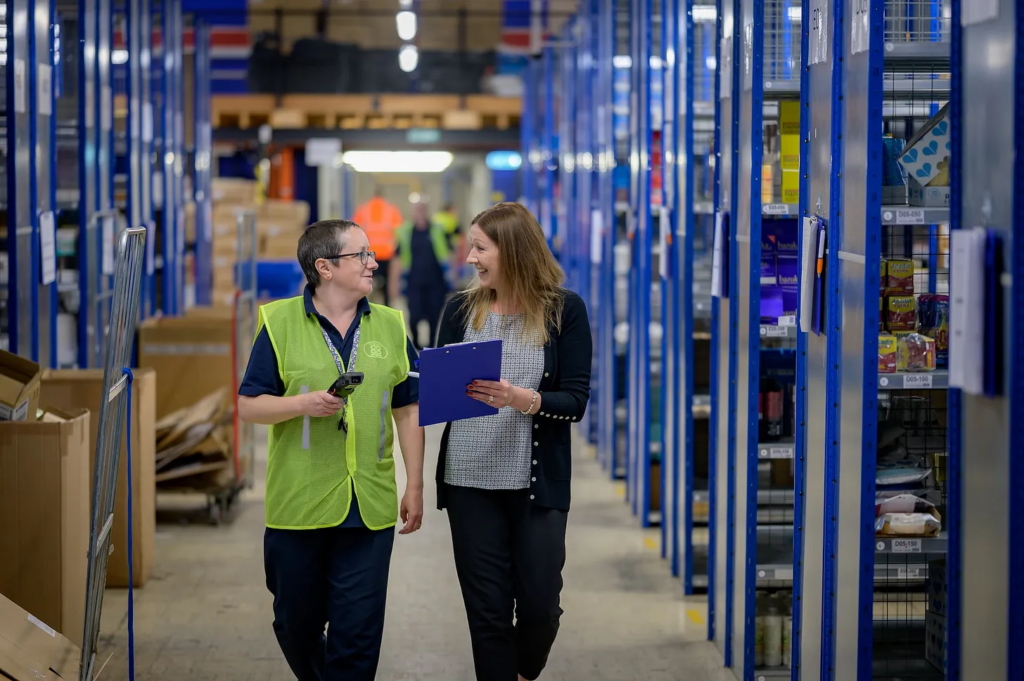

“AI-powered orchestration is about evaluating the total work required and organizing it across various processes. This is about allocating tasks to different agents — be they robotic or human — in real-time. By employing predictive models and neural networks, it anticipates the workload across the day and reacts in real-time to meet these demands.”
 The warehousing industry is facing challenges due to a rising demand for space, driven in part by the growth of ecommerce and consumer demand for faster deliveries. As warehousing capacity struggles to keep up with this demand, lease prices are increasing. To address these challenges, warehouse automation, including both mechanical and decision-making automation, has become crucial. GreyOrange co-founder and CEO Akash Gupta discusses how AI-powered automation orchestration optimizes work allocation between robotic and human agents, reducing overhead costs and continuously adapting to changing demand.
The warehousing industry is facing challenges due to a rising demand for space, driven in part by the growth of ecommerce and consumer demand for faster deliveries. As warehousing capacity struggles to keep up with this demand, lease prices are increasing. To address these challenges, warehouse automation, including both mechanical and decision-making automation, has become crucial. GreyOrange co-founder and CEO Akash Gupta discusses how AI-powered automation orchestration optimizes work allocation between robotic and human agents, reducing overhead costs and continuously adapting to changing demand.
Read the original article from The Logistics Report here.